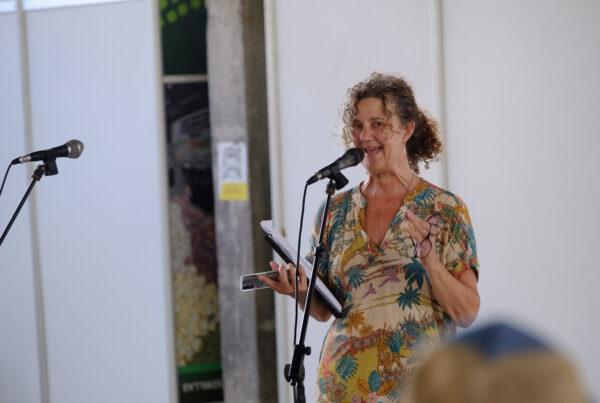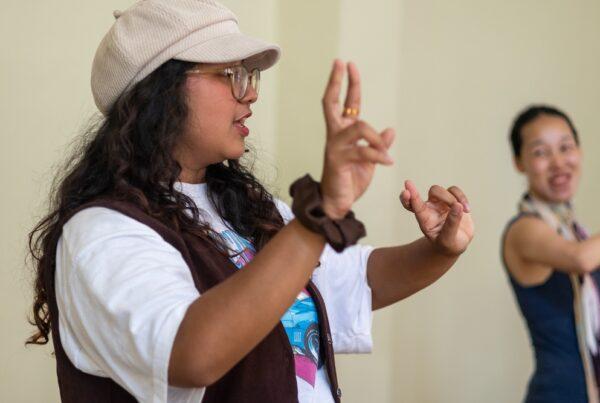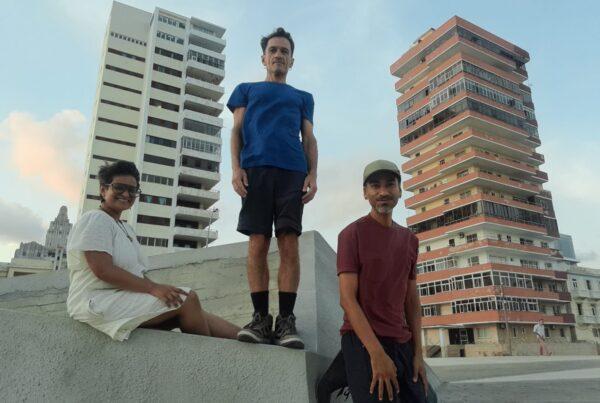 As a Theatre Director and CEO of The Festival of Ecological Theatre for Children and Youth (FEP), an event with a long tradition held annually in Bačka Palanka (Serbia), I always pose these questions: What does ecological theatre mean, and what can it become? What does it mean to be sustainable, and how can art become more sustainable?
As a Theatre Director and CEO of The Festival of Ecological Theatre for Children and Youth (FEP), an event with a long tradition held annually in Bačka Palanka (Serbia), I always pose these questions: What does ecological theatre mean, and what can it become? What does it mean to be sustainable, and how can art become more sustainable?
In my ecological mission, I face different challenges and risks. It could be argued that Serbia as a nation has no systemic solutions or proposals for cultural institutions and organisations to be more sustainable. At the same time, we do already have older, though more progressive, ideas and forms. Back in the 90’s, these ideas highlighted the meanings and perspectives of ecology and sustainability, and supported new and brave attempts of young artists to think in an ecological way.
Today, these people are advocates for changing the artistic landscape in a sustainable manner. Even though we do not have programs or sufficient understanding and support from the government on these issues, we have individuals who are making sustainable art in Serbia very visible and important.
In the article below, I will present The Festival of Ecological Theatre for Children and Youth, as well as several other positive examples of how nature and theatre coexist in Serbia.
Looking at The Festival of Ecological Theatre for Children and Youth from today’s perspective, with ecology as a prevalent global topic, it is clear that this festival didn’t happen because it was ‘trendy’ or because of an abundance of funds. It happened because it was truly needed. At that time the war, hyperinflation, and substantial material loss in ex-Yugoslavia affected people’s self-respect and created an atmosphere of fear, weakness, and jeopardy. Two teachers – Ljubica Kovačević and Nada Marinković – understood the needs of children who lived in this environment and decided to do something about it. They founded the eco-conscious kindergarten Različak1 in Bačka Palanka, Serbia. The festival was first introduced as an extended kindergarten activity in 1995, on Različak’s first anniversary.
1 The name Različak comes from a wildflower – Brown Knapweed. Its literal translation from Serbian is ‘someone different’. In Serbian cultural heritage, the flower symbolizes bread and survival.
Read the full article below…
[real3dflipbook id=’3′]





